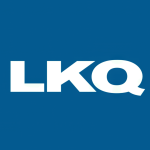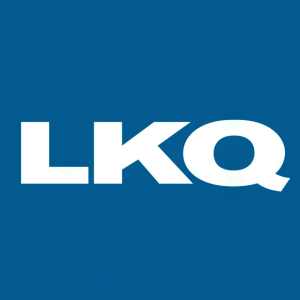Welcome to our dedicated page for Lkq SEC filings (Ticker: LKQ), a comprehensive resource for investors and traders seeking official regulatory documents including 10-K annual reports, 10-Q quarterly earnings, 8-K material events, and insider trading forms.
Sorting through LKQ鈥檚 multi-segment disclosures鈥攕alvage margins, scrap metal pricing, and constant acquisitions鈥攃an feel like assembling a transmission without a manual. Our page solves that headache by placing every LKQ SEC filing in one location and layering AI-powered summaries on top, so you spend minutes, not hours, finding what moves the stock.
Need to track LKQ insider trading Form 4 transactions? We stream LKQ Form 4 insider transactions real-time and highlight when executives trade around major buyouts. Curious about Europe鈥檚 impact on earnings? The LKQ quarterly earnings report 10-Q filing is paired with concise graphics that break down currency shifts by region. For big-picture context, our AI delivers an LKQ annual report 10-K simplified walkthrough that points you straight to inventory valuation methods, goodwill from recent deals, and segment profitability.
Investors also ask, 鈥淗ow do I follow management pay or sudden announcements?鈥� We link each LKQ proxy statement executive compensation to a plain-English pay-for-performance digest, while every LKQ 8-K material events explained section flags acquisition closings, facility restructurings, and leadership changes within moments of EDGAR release. Want deeper context? Our LKQ earnings report filing analysis compares quarter-over-quarter salvage part volumes, and the 鈥渦nderstanding LKQ SEC documents with AI鈥� feature surfaces trends the raw PDFs hide.
Whether you鈥檙e monitoring LKQ executive stock transactions Form 4 ahead of earnings or verifying warranty liability shifts, Stock Titan delivers comprehensive coverage, expert commentary, and instant alerts鈥攎aking LKQ SEC filings explained simply more than a promise.
LKQ Corporation鈥檚 Q2 2025 10-Q shows mixed performance. Revenue slipped 1.9% YoY to $3.64 bn as volumes softened across all four segments, yet gross margin edged up 80 bp to 38.8%. Operating income fell 5.1% to $312 m, but net income attributable to shareholders rose 3.8% to $192 m, helped by a 76% drop in restructuring & transaction costs ($8 m vs. $49 m) and a lighter tax provision (26.1% vs. 30.8%). Diluted EPS increased 7% to $0.75.
- Six-month revenue down 4.2% to $7.11 bn; EPS up 8.5% to $1.40.
- Segment revenue YoY: Wholesale-NA 鈥�2.6%, Europe 鈥�2.0%, Specialty 鈥�0.4%, Self Service 鈥�9.1%. Consolidated Segment EBITDA declined 11% to $430 m.
- Cash & equivalents grew to $289 m (vs. $234 m), but operating cash flow fell to $293 m (vs. $466 m) on higher working-capital use; capex was $107 m.
- Total debt rose to $4.43 bn; maturity of the $500 m term loan extended to Jan-2027 and $750 m revolver to Jan-2028.
- 2024 Global Restructuring Plan costs YTD $16 m; program expected to total $130-$140 m by 2025.
- OBBBA tax law enacted 4 Jul 25 may affect future tax rates; evaluation in progress.
At 17 Jul 25, share count stood at 257.3 m; $78 m dividends and $79 m buybacks were returned to holders in H1. Book value per share improved to roughly $25.4.


